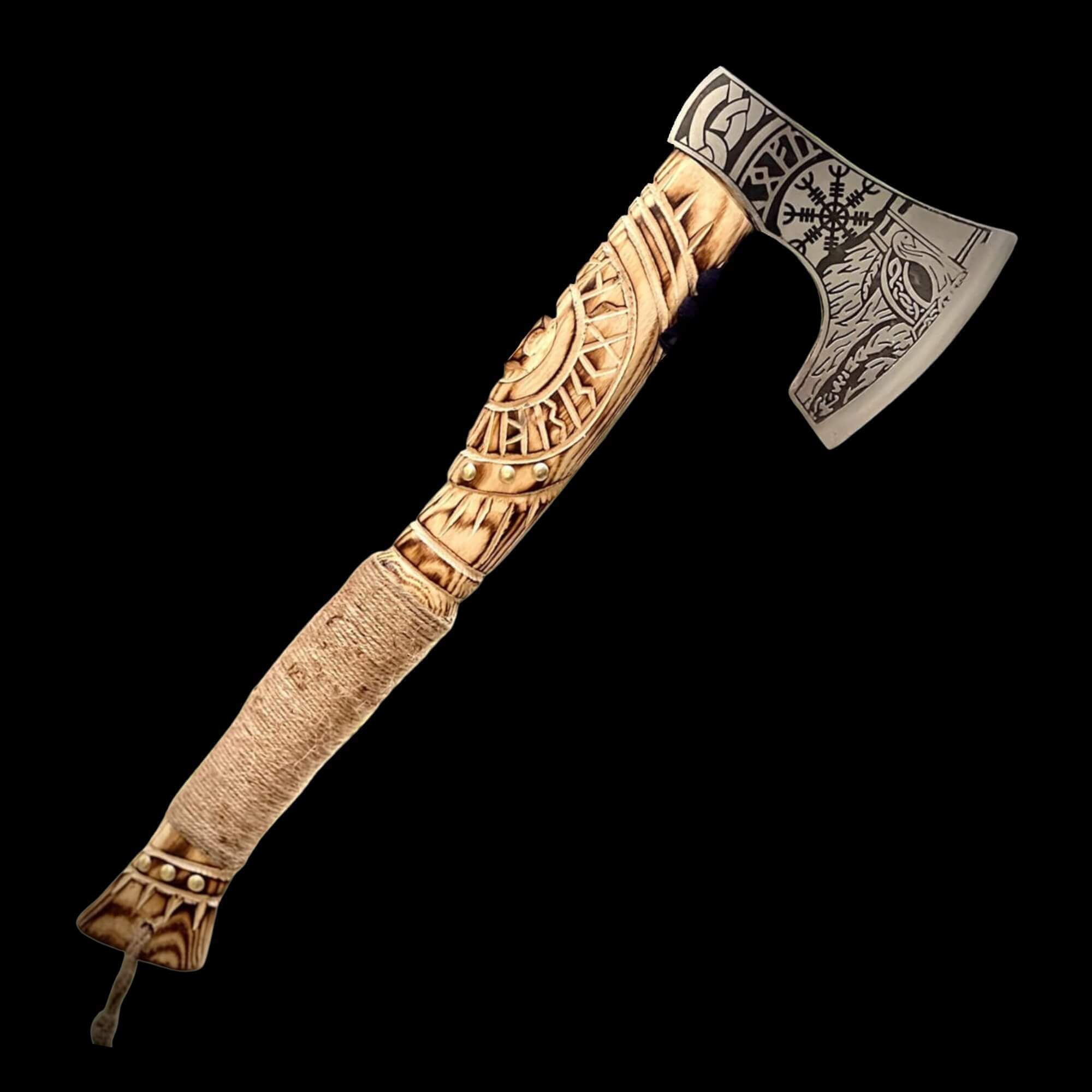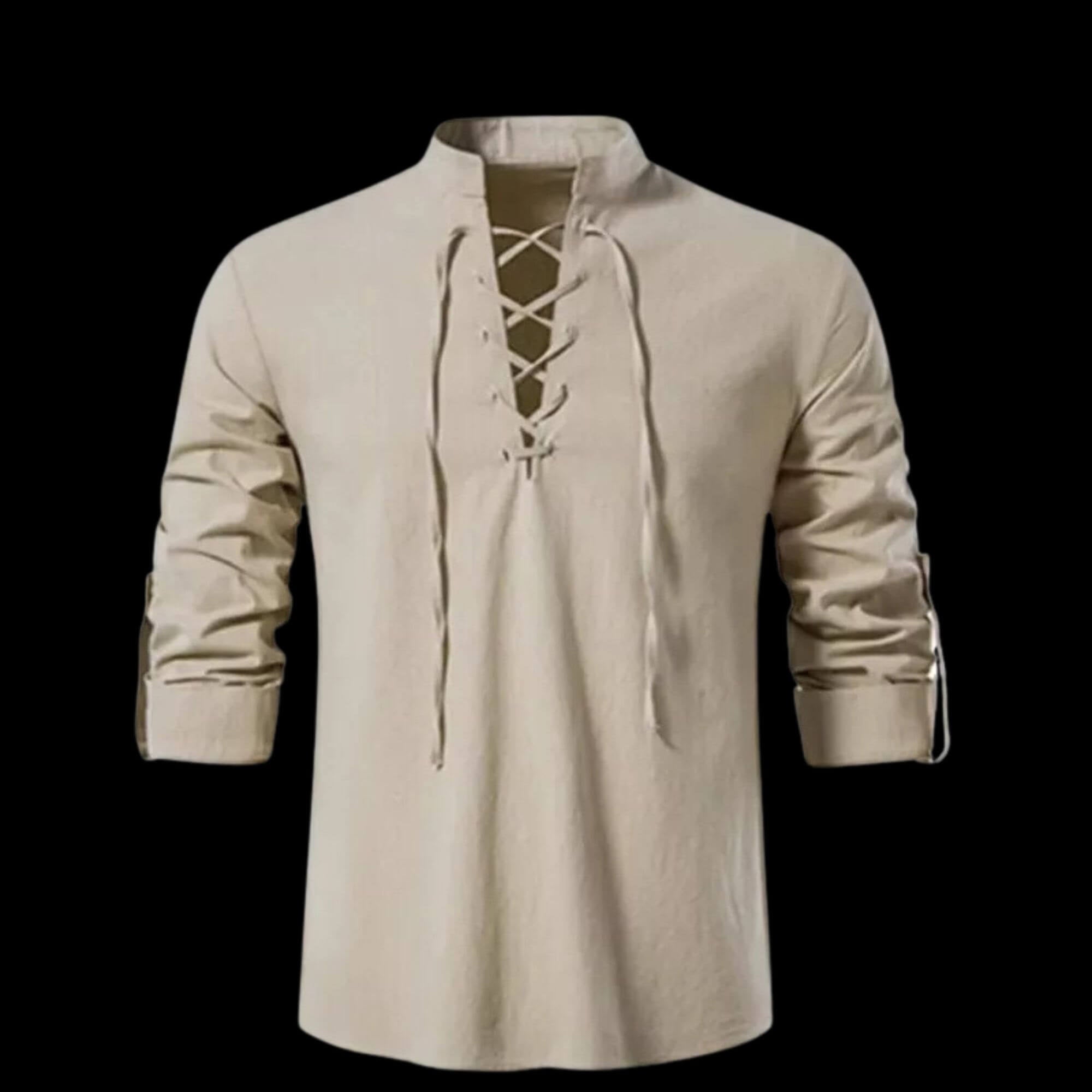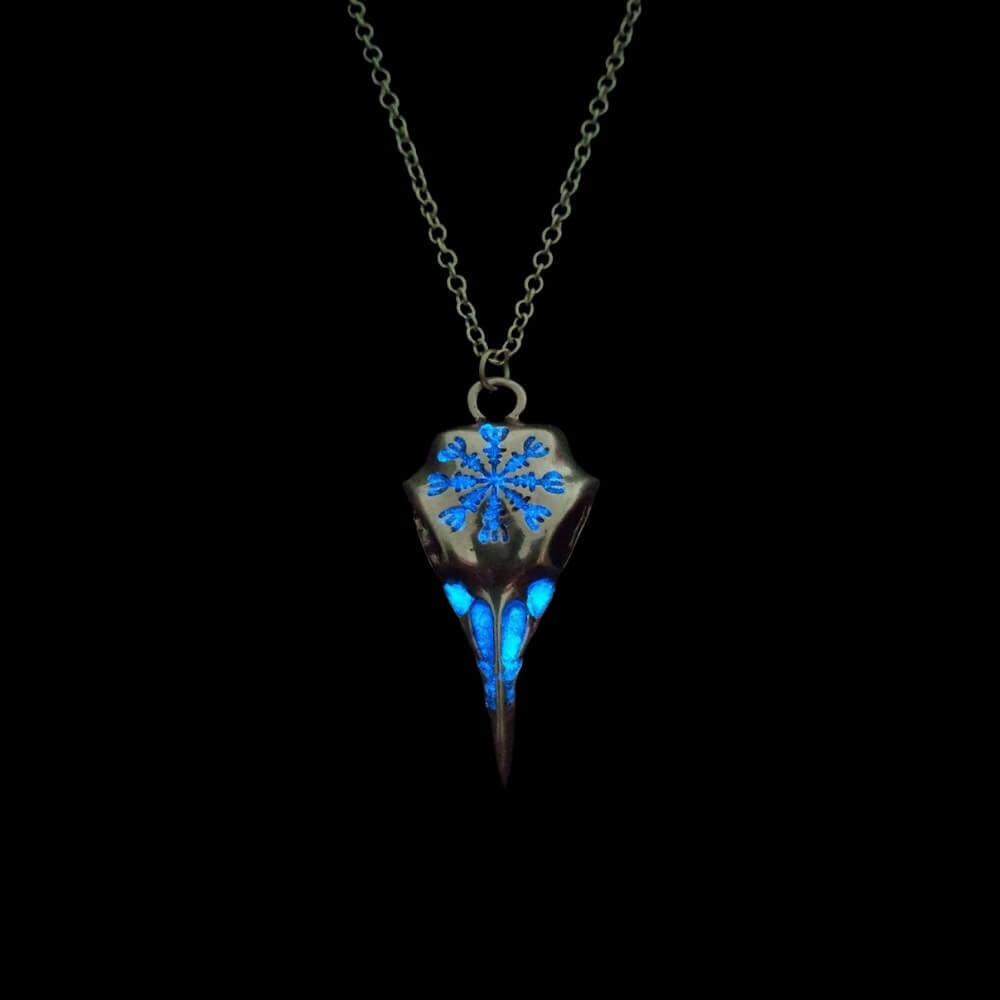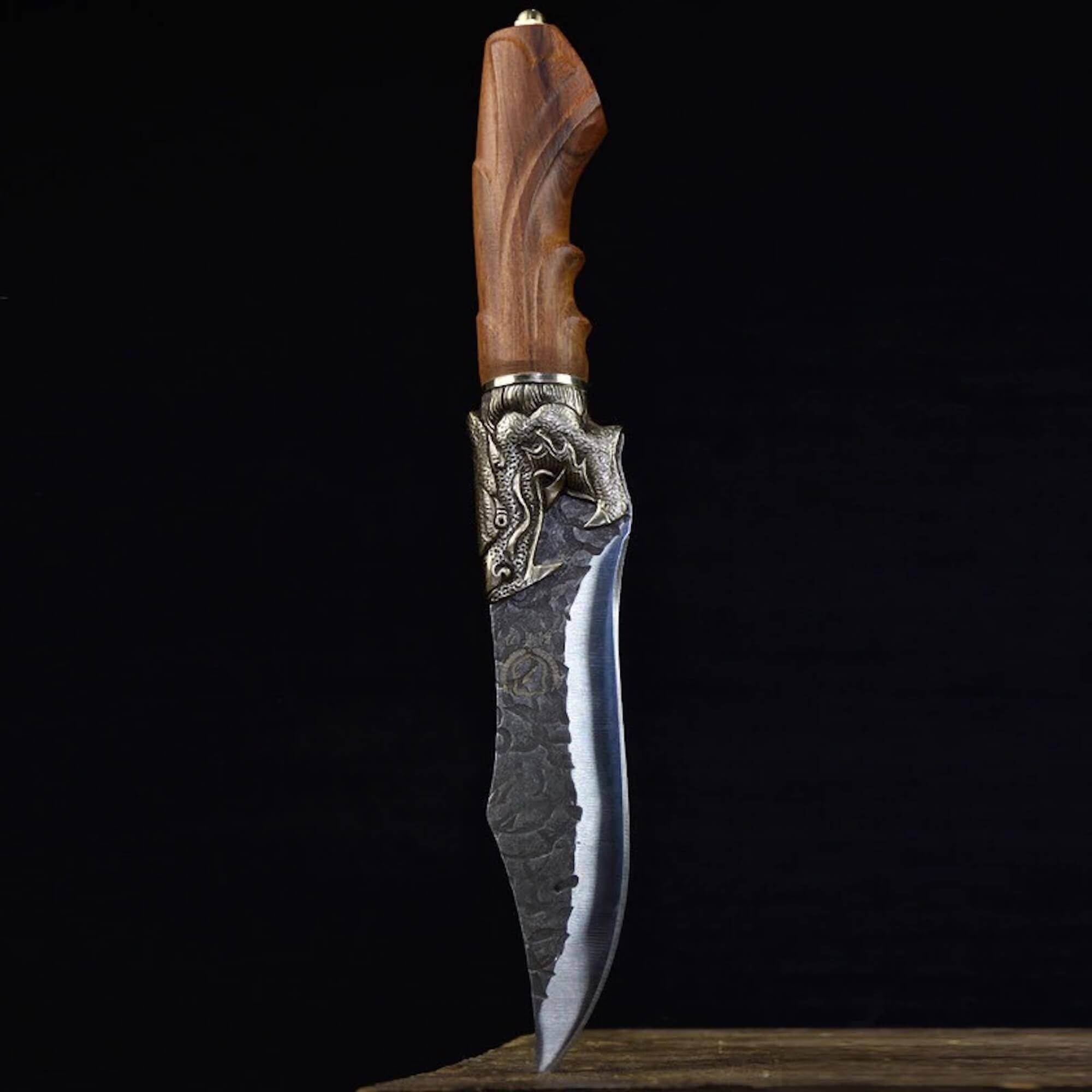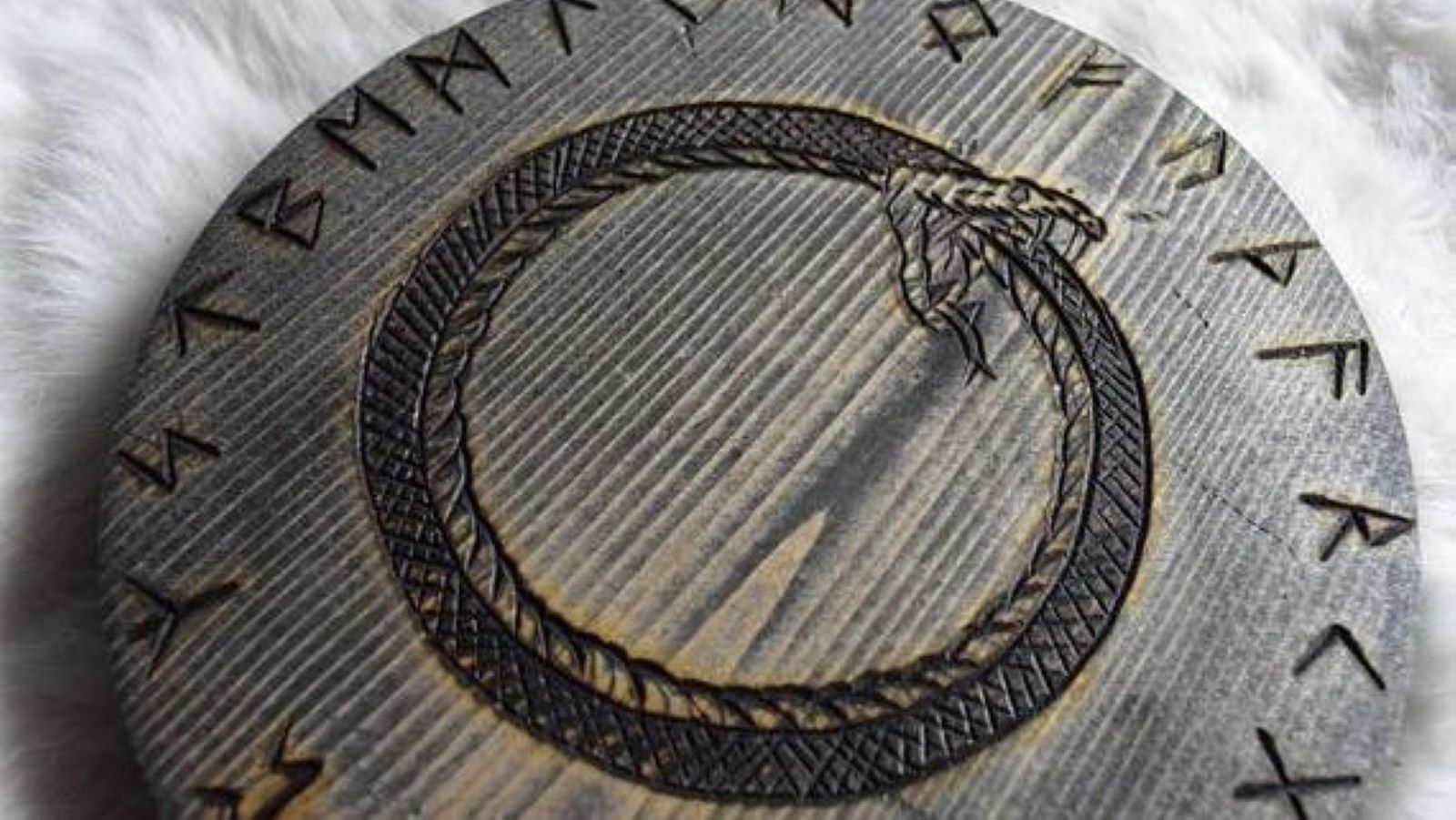
Ouroboros in Norse Mythology: A Journey through Life, Death, and Rebirth
In the rich and ancient traditions of Norse mythology, few symbols captivate the imagination quite like Ouroboros, the serpent consuming its own tail. This powerful image transcends cultures and time, but within the context of Norse belief, it takes on unique layers of meaning. It represents not only the endless cycle of life, death, and rebirth but also the balance of opposing forces—creation and destruction, order and chaos. Ouroboros becomes a bridge between worlds, a symbol of cosmic order, and a guide for personal transformation.
The Endless Loop: Jörmungandr, the Midgard Serpent
At the heart of the Norse Ouroboros symbol is Jörmungandr, the enormous serpent who encircles the world, biting his own tail. According to legend, Jörmungandr is one of the fearsome offspring of Loki, the trickster god, and the giantess Angrboda. His very existence is tied to the fate of the world, as his release during Ragnarök, the apocalyptic final battle, signifies the end of one cycle and the beginning of another.
Jörmungandr’s circular form represents the self-sustaining, ever-repeating nature of life. His tail in his mouth symbolizes the inescapable flow of time, where every end is a new beginning. This mirrors the Norse belief in cyclical time, a concept deeply embedded in their understanding of existence. The cosmos, in Norse mythology, doesn’t simply march forward but loops, much like the Ouroboros, ensuring that all things, even the gods, are subject to birth, death, and rebirth.
Ouroboros in Norse mythology isn’t just a symbol of eternity, but of the delicate balance between order and chaos. Jörmungandr’s presence creates tension between the two: he both maintains the balance by keeping the seas in check and represents a looming threat, for his rising signals the collapse of cosmic order. This duality is the essence of life itself—constant tension between forces that define existence.
The serpent’s role emphasizes the Norse understanding of life’s transient and fragile nature. Just as Jörmungandr binds the world in his coils, all beings are bound to the cycle of life and death, a reminder that nothing is permanent. To tattoo an Ouroboros on one’s body is to embrace the ebb and flow of life, to accept both creation and destruction as necessary forces that shape our world.
The Ouroboros and Personal Growth
Ouroboros also speaks to something more intimate: self-reflection and transformation. The act of a serpent eating its own tail suggests a never-ending process of looking inward. Just as the serpent circles back on itself, we too must return to our own origins, our own thoughts and feelings, and confront our innermost truths. Norse culture, while rooted in strength and battle, also valued the journey of the self, recognizing that growth often comes from facing one’s deepest fears and desires.
The connection between Ouroboros and introspection is further enriched by its relationship to the Norns, the Norse goddesses of fate, who spin the threads of destiny. Like the serpent, these threads loop and intertwine, symbolizing the interwoven paths that each person walks, and how their choices impact the larger web of existence.
Symbolism in Art: Yggdrasil, the World Tree, and the Web of Life
Ouroboros is often depicted in Norse art alongside Yggdrasil, the mighty World Tree that connects the nine realms of existence. While Ouroboros encircles the world, Yggdrasil holds it up, with roots that reach deep into the underworld and branches that stretch to the heavens. Together, these symbols capture the totality of existence: the serpent represents the cyclical nature of life, while the tree illustrates the interconnectedness of all things.
In some interpretations, Ouroboros also intertwines with the Norns' spindle—a wheel that represents the twisting and turning of fate. This imagery is a vivid reminder of how life is not a straight line but a complex web of choices, challenges, and transformations. Each loop of the Ouroboros mirrors the twists of the spindle, as we are all bound by fate but still possess the ability to shape our own paths.
As we reflect on the Ouroboros in Norse mythology, we are reminded of the profound wisdom it offers: Life is cyclical. Each ending marks a new beginning, and every loss paves the way for future growth. In our modern world, where we often seek control and stability, the Ouroboros challenges us to embrace uncertainty and change. It teaches us that we are part of something much larger, a cosmic rhythm that moves through us all.
For those seeking a meaningful tattoo, the Ouroboros serves as a beautiful and powerful symbol of resilience, self-awareness, and connection to the eternal flow of existence. Whether you are drawn to the serpent’s strength, its embodiment of balance, or its invitation for introspection, the Ouroboros offers a timeless design that speaks to both the ancient past and the journey ahead.
In embracing this ancient symbol, we find comfort in the truth that all things are interconnected, and through the endless cycle of life, death, and rebirth, we can discover not only our place in the world but the strength to continue the journey.

